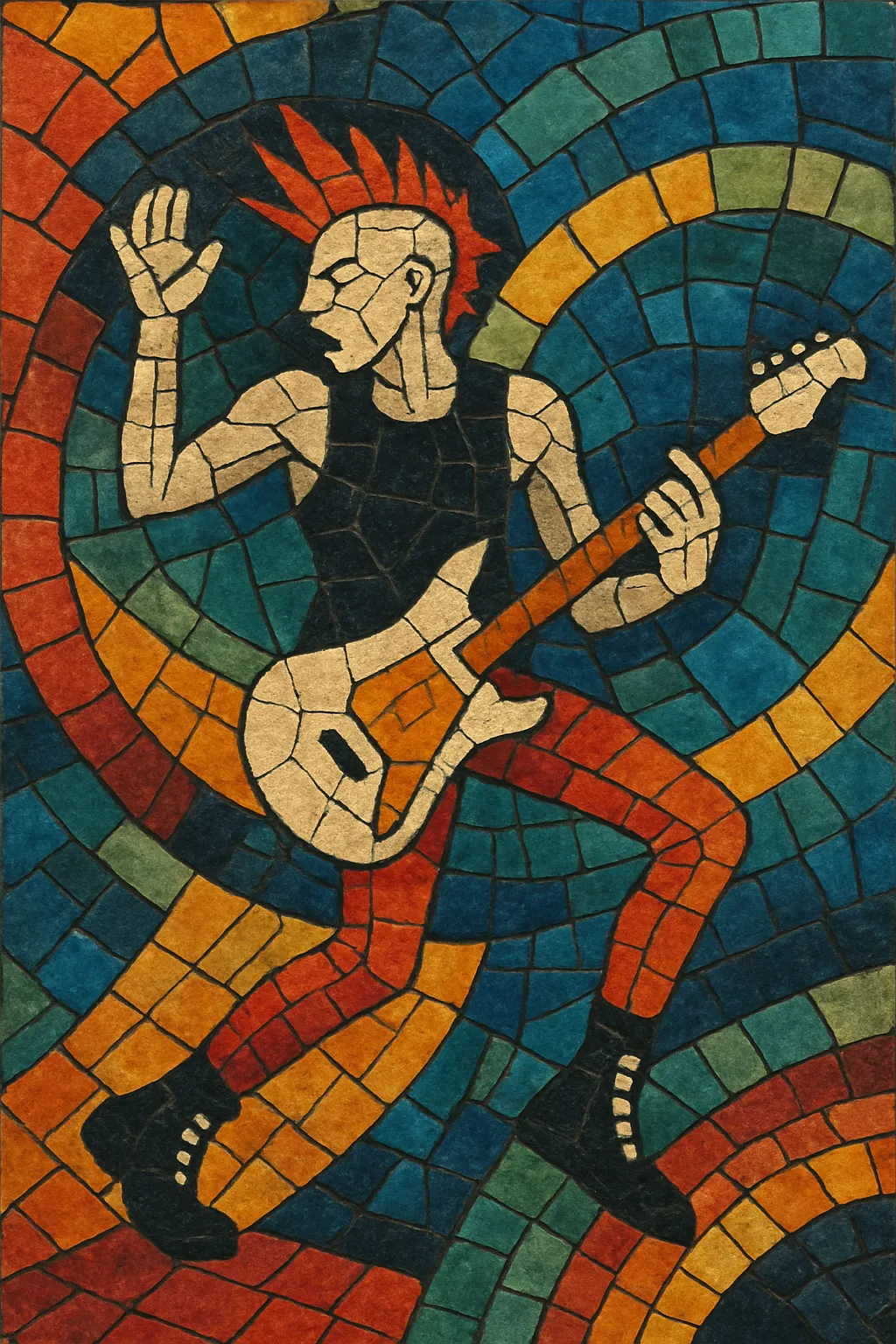Dance-punk is a fusion of punk’s abrasive energy and attitude with the groove-forward rhythms of funk and disco.
It favors tight, four-on-the-floor drum patterns, rubbery and syncopated bass lines, choppy, scratchy rhythm guitars, and percussion accents like cowbell and handclaps.
Vocals are often shouted, talk-sung, or delivered with sardonic cool, and lyrics tend to be ironic, urban, and socially observant.
A first wave emerged in the late 1970s and early 1980s alongside post-punk and no wave scenes (especially in New York and the UK), while a high-profile revival in the early 2000s (centered around DFA Records) brought analog synths, minimalist production, and indie-club sensibilities back to the fore.
Dance-punk emerged as post-punk and no wave artists sought the propulsion of disco and funk without abandoning punk’s minimalism and bite. New York outfits like ESG and Liquid Liquid emphasized sparse, percussive grooves; in the UK, Gang of Four and A Certain Ratio welded angular guitars to dance-floor rhythms. Talking Heads’ Remain in Light era demonstrated how art-rock conceptualism could meet polyrhythmic funk, shaping the template for cerebral yet body-moving music.
As mainstream trends shifted, dance-punk receded from visibility but persisted in pockets of alternative dance and indie scenes. Its DNA circulated through club-friendly post-punk offshoots, dance-rock, and experimental funk-punk hybrids, keeping the toolkit—motorik pulses, tight bass-and-drum interplay, and percussive guitar—alive.
A dramatic revival took hold in the early 2000s. New York’s DFA Records (James Murphy, Tim Goldsworthy) championed a raw, analog-forward aesthetic: LCD Soundsystem, The Rapture, and !!! (Chk Chk Chk) led a wave that spread to bands like The Faint and Le Tigre. Singles such as House of Jealous Lovers and Losing My Edge helped define an indie-club moment that merged punk urgency with DJ culture’s repetition and build-and-release dynamics.
While the hype cycle cooled, dance-punk’s vocabulary—dry, punchy drums; syncopated bass; clipped guitars; sardonic vocals—remains a staple for indie and alternative dance acts. Its influence is audible in new rave, indietronica, and dance-rock, and continues to inform festival-ready live/dance hybrids.


